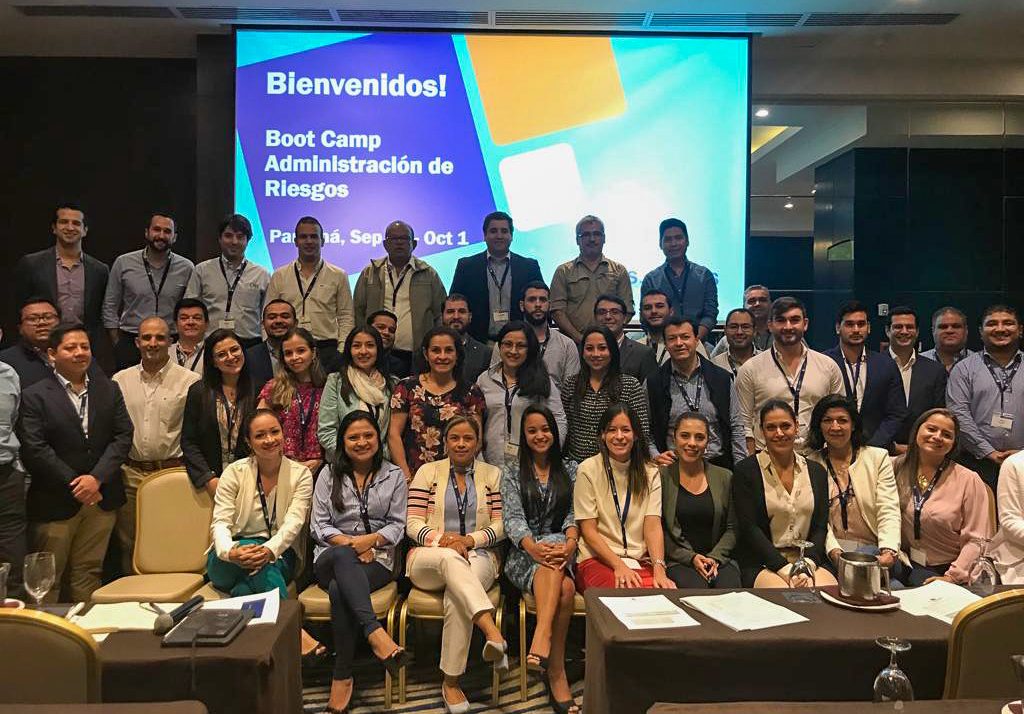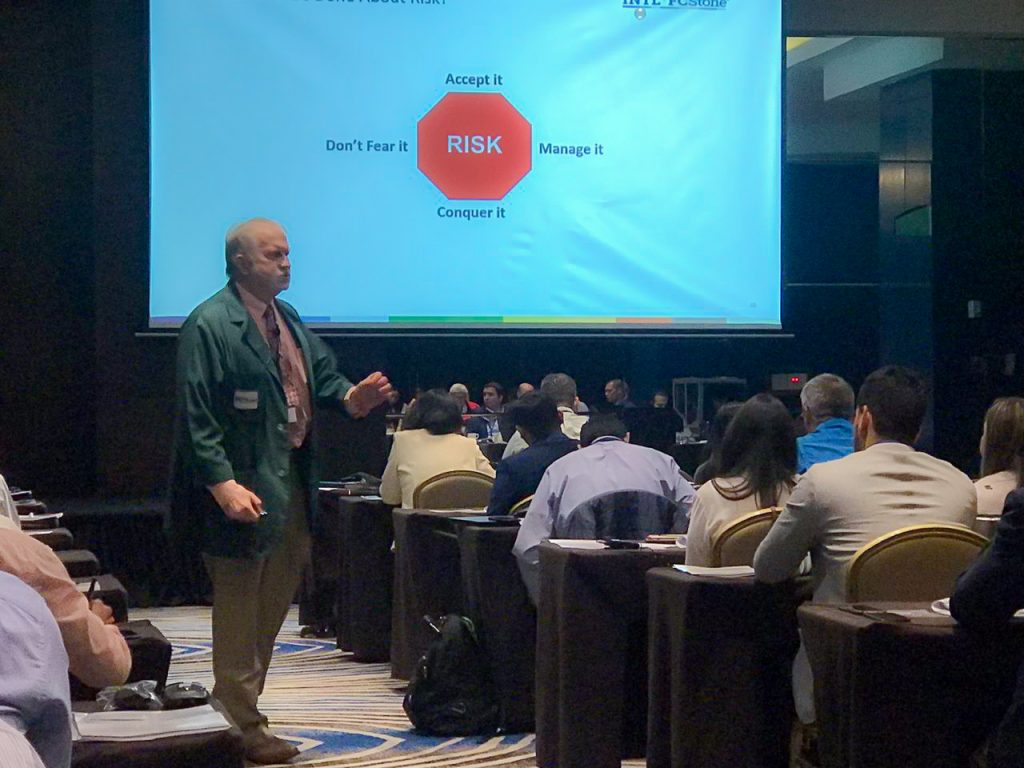Risk management practices are not simple to understand without assistance – for U.S. corn farmers or for their global customers – but implementing these concepts can help improve cost efficiency throughout the value chain.
The U.S. Grains Council (USGC) tackled the topic of risk management in September by organizing a regional boot camp in Panama to help grain buyers in Latin America better grasp hedging strategies and fundamentals affecting the price of U.S. corn.
“In Latin America, price risk management is often performed by the grain trading house or the third-party trader in small to mid-size companies, rather than directly by the end-user,” said Catalina Correa, USGC regional marketing specialist. “The high-level management staff attending this boot camp were looking to become more active in this process as their operations become more sophisticated.”
The boot camp included 23 participants from South America and 35 participants from Central America, representing 10 countries in total. They hailed from some of the most relevant players in the feed, poultry and livestock industries in Latin America – both buyers and high-level management and financial officials.
“Although there were a few attendees with some knowledge of risk management, the majority were just getting started in this arena,” said presenter Richard Jelinek, vice president for global education with FC Stone, an international financial services company designs and executes hedging programs that utilize the markets to retain and enhance customers’ margins. “It was obvious to all involved in either organizing or speaking at the event that the attendees had one core objective: to learn.”
Sessions focused on three price components of U.S. corn – FOB (freight on board) basis, futures and international maritime freight. Expert presenters from recognized grain hedging companies spoke about the factors affecting each of these components and tools for managing the resulting risk when purchasing grain.
“The group was participative, and some approached us at the end of the session requesting additional information about implementing the hedging practices discussed in their companies,” said presenter Carlos Silva, business development manager with CIH, a technology-based risk management firm that provides education and customized price risk management services to businesses affected by volatility in the agricultural commodities markets. “We consider that price risk management remains an area of need for additional educational activities in the industry. A lot of hedging mechanisms offered by the market are still misunderstood or not utilized.”
September’s regional boot camp was the second intensive training conducted in the region this year. The first workshop focused on the specific contracts used for trading feed grains and co-products. The Council plans to continue developing more intensive workshops in the region to further increase knowledge and familiarity with the strategies and skills needed to be effective buyers of U.S. corn.
About The U.S. Grains Council
The U.S. Grains Council develops export markets for U.S. barley, corn, sorghum and related products including distiller’s dried grains with solubles (DDGS) and ethanol. With full-time presence in 28 locations, the Council operates programs in more than 50 countries and the European Union. The Council believes exports are vital to global economic development and to U.S. agriculture’s profitability. Detailed information about the Council and its programs is online at www.grains.org.


